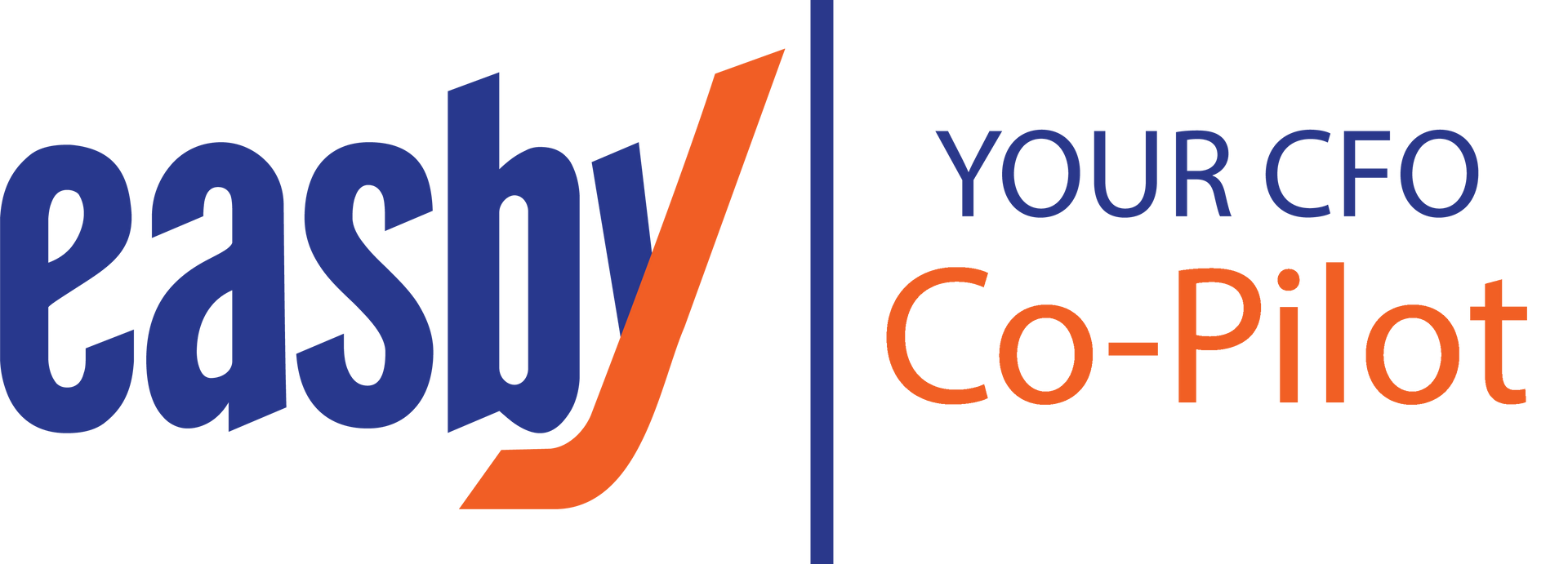A Q&A with Ted Rose on the Future of the Finance and Accounting Industry
Share this article:
Rose Report: Issue 47

We recently sat down with Rose Financial Solutions’ (RFS) CEO Ted Rose for his take on where the finance and accounting industry is headed and the role his company will play in its evolution.
How has the finance and accounting industry changed in the past couple of years, and how did RFS help create that change?
The finance and accounting services that clients value and expect are no longer only about ensuring compliance and maintaining records. Clients also want proactive strategic advice and guidance that helps them make better decisions. This paradigm shift requires firms to not only invest in a highly skilled finance and accounting staff but also in advanced technology that provides greater visibility into financial performance.
Without a doubt, the advent of cloud computing has had a significant impact on the accounting industry by allowing accounting firms to collaborate with their clients through access to the same financial system. However, electronic workflow technology that streamlines data processes is where the real transformation is taking place. Automated workflow structures finance, accounting, and related meta data in order to eliminate tedious manual processes, improve efficiency, limit risks, and reduce human error. Most importantly, structured data becomes exponential, creating novel information that provides companies with insight that drives informed decision making.
As an industry innovator in finance and accounting outsourcing, RFS has been at the forefront of the technology evolution. In 2005, we led the charge in transitioning manual accounting methods to automated processes by implementing electronic workflow solutions into our outsourcing services. Through continuous innovation and improvement, we’ve developed and deployed our Finance as a Service (FaaS) solutions that is the next generation of finance and accounting outsourcing.
What is the difference between Finance as a Service and Accounting Outsourcing?
Traditionally, accounting outsourcing provides support to back-office functions such as data entry, maintaining payroll, making sure financial records are up-to-date, account balances are reconciled, etc. Finance as a Service (FaaS) goes beyond mainstream finance and accounting outsourcing by leveraging the strength of highly skilled professionals, standardized processes, and advanced workflow technology to deliver the strategic guidance needed to improve financial performance and drive growth. Simply put, FaaS consolidates the finance and accounting capabilities of an entire in-house staff, including high level CFO support, at the fraction of the cost. Since FaaS is scalable, the level of service adjusts as your company grows.
At RFS, we’ve wrapped over 25 years of expertise into our FaaS solution that combines a team of experienced professionals with our leading-edge workflow technology, EasbyTM powered by RFSWorkflowTM. What makes our FaaS solutions so unique is that it turns your current accounting system into an invaluable business intelligence tool with functionality traditionally only available in a highly customized Enterprise Resource Planning (ERP) system. Easby seamlessly integrate with your current accounting software, streamlines processes, and ties all your financial and non-financial information together into a high-level dashboard that delivers a 360-degree view of your company’s financial performance.
Where do you think the finance and accounting industry is headed? And what role will RFS play in the future of the industry?
Accounting technology is advancing expeditiously, and it’s having a significant impact on how companies plan for the future. While artificial intelligence (AI) and machine learning (ML) were thought to be far-fetched aspirations not long ago, utilizing these technologies is where the finance and accounting industry is heading. However, in order to reap the benefits of AI and ML, electronic workflow processes must be in place. With automated processes, AI and ML will be able to code, route and analyze information, and provide additional insight based on future financial results based on market data trends.
While AI and ML are powerful business tools, they still require human expertise to concentrate on data analysis, process development, and strategic initiatives. Although the full benefits of AI and ML may take years to manifest, businesses that want to be industry leaders must invest in the infrastructure and people that can take advantage of the promise of these technologies. That’s why RFS continues to focus on constant improvement and equipping our forward-thinking professionals with the tools they need to deliver innovative solutions.
Schedule an introductory virtual meeting today to find out how we can help put you on the path to long-term success.
Visit Us On:





